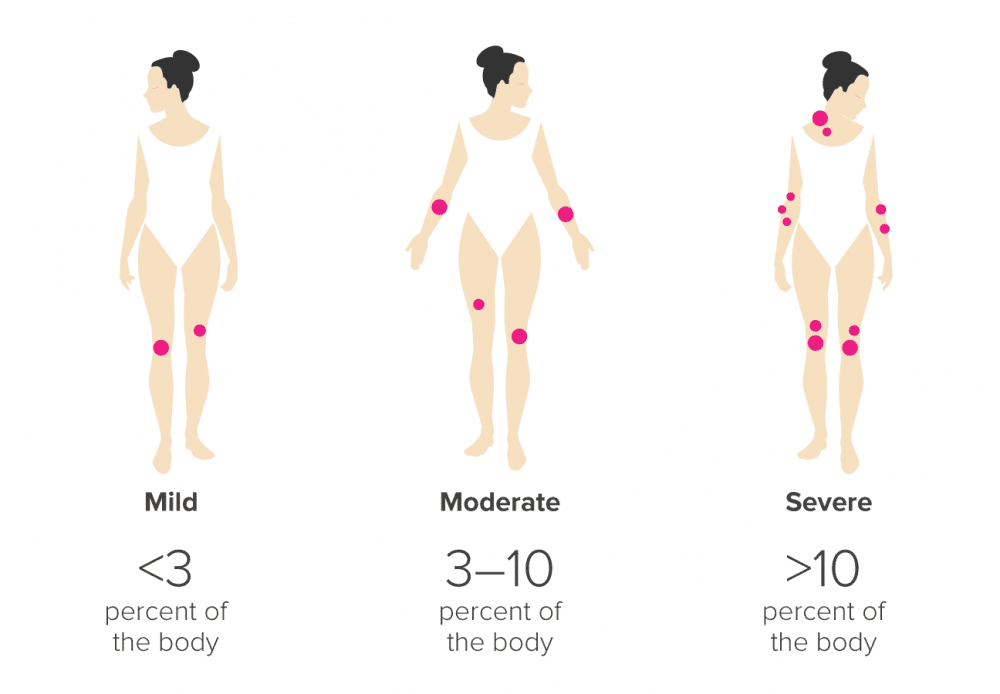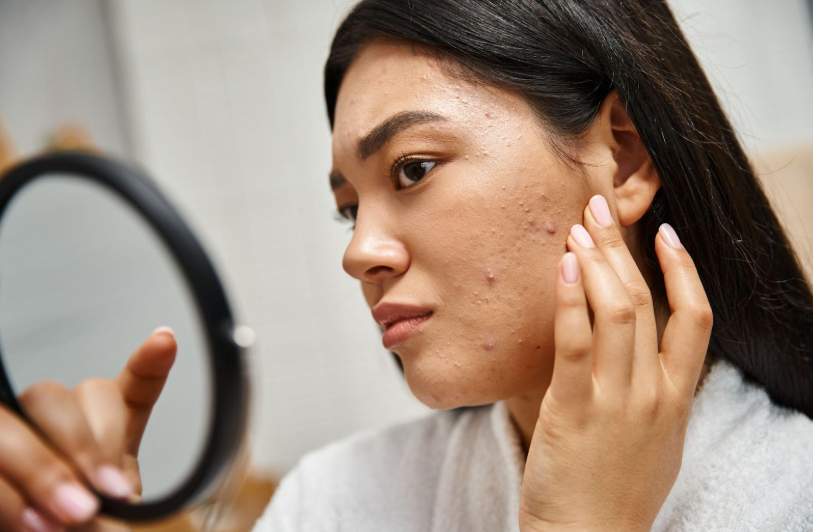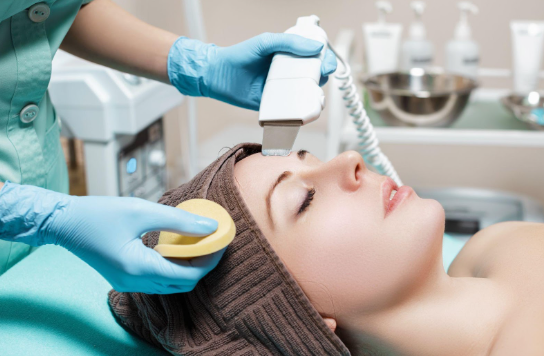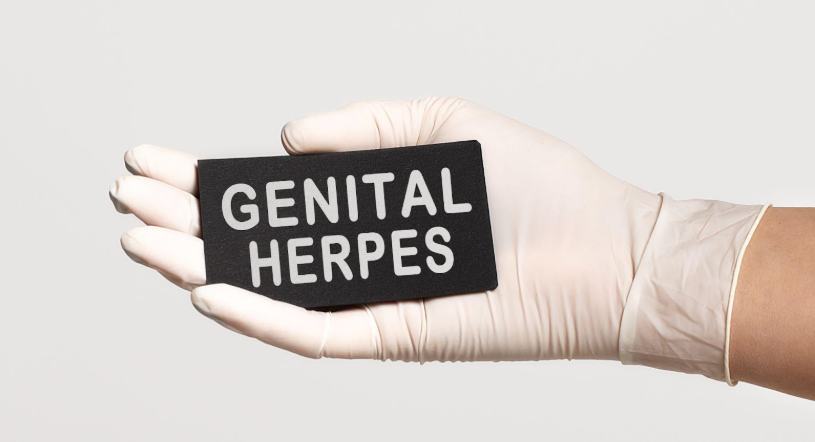What are the types of Psoriasis?
PLAQUE PSORIASIS
About 80% of people living with psoriasis have plaque psoriasis. This type causes patches of raised, reddish skin covered by silvery white scale. Patches frequently form on the elbows, knees and lower back but can occur anywhere on the skin.
SCALP PSORIASIS
Identical in appearance to plaque psoriasis on the body; scalp psoriasis is characterized by the same silvery white scale and red patches. Scalp psoriasis can be very itchy and because the patients can’t help scratching the scales fall on to the patients clothing scalp psoriasis can be misdiagnosed as dandruff. Even with the many treatments available scalp psoriasis can be difficult to control.
NAIL PSORIASIS
Psoriasis can affect the fingernails and the toenails. One sign may be tiny pits that can be seen in the nails. As the psoriasis worsens the nails may change color, loosen, thicken and eventually thicken and crumble.
GUTTATE PSORIASIS
This type of psoriasis occurs in children and young adults, causing small red scaling spots that may or may not have silver white scales on top of the red spot. This type of psoriasis often appears after a sore throat which may be caused by a strep or a viral infection. Patients who already have plaque psoriasis my also develop guttate psoriasis. In many cases of new onset guttate psoriasis the patient may not have a previous history of psoriasis.
PUSTULAR PSORIASIS
This type of psoriasis usually appears on the palms and soles and looks like white or yellow pus-filled bumps surrounded by red skin. Because the lesions are located on the hands and feet they can be very painful. Pustular psoriasis can also develop all over the body. This causes a severe and sometime life threatening psoriasis that dermatologists call generalized pustular psoriasis.
INVERSE PSORIASIS
May be smooth red patches located in folds of the skin such as armpits, under the breasts, in the creases of the buttock or in the genital area. It may be painful due to its location.
ERYTHRODERMIC PSORIASIS
This is the least common type of psoriasis. This type causes severe redness and shedding of the skin similar to a burn over a large area of the body. It can occur very quickly. The patient may have a fever and it can be lfe threatening. This type of psoriasis may require treatment in a hospital setting.
In our next blog about Psoriasis we will discuss how psoriasis is diagnosed and update you are the newest treatments.
Dr. Gene Conte
Board Certified Dermatologist
Pine Belt Dermatology






